Rising Building Costs will stabilise
Consultancy Macromonitor has predicted higher building costs will become a permanent feature of Australian construction in their recent report. After a thorough analysis of the supply and demand across the construction industry, a review of inflation and historical data for the sector, the firm goes on to forecast a stabilization in the cost of some materials. However, other core resources such as labour, concrete and asphalt will continue to rise, albeit at a slower rate than in recent months.
The detailed report draws on multiple sources and comprehensive modelling to draw these conclusions. Macromonitor’s Director, Nigel Hatcher said, “After the current surge [in inflation], we don’t expect costs to just drop back to where they were previously. Rather, costs will continue to rise from the new, higher baseline.”
CAPTION: Concrete and asphalt are two of the core construction materials anticipating further price increases (Image courtesy of Jamar Penny on Unsplash)
A range of peaks
Different resources are expected to reach peak prices at different times over the course of this year. Inflation across all resources is expected to somewhat stabilize, according to the report.
Rising prices are the result of a combination of factors. Disruptions to supply chains, the Russia-Ukraine conflict and global circumstances such as countries recovering from recent lockdowns and government spending on economic incentivization programs are some of the key factors. Residential building and construction growth have also driven the increase in prices. Rebuilding from the recent east-coast floods and the approaching surge of infrastructure is expected to further aggravate rising costs.
After the current rise in costs reach a peak, many resources will stabilize, however, some crucial resources will continue to increase – labour and some building materials being amongst those that will continue to get more expensive.
Labour and materials shortages
Sharp inflation expectations are behind the expected continued increase to labour costs. Severe shortages and crippling global supply chain issues are driving the costs of some materials – concrete and asphalt for example – higher.
Construction industry growth is anticipated at 2.4% for this financial year. The following will be lower, just 1.3%. Average annual cost inflation is expected to stabilize and run at approximately 2.1% for the next nine years. This is marginally higher than the previous 10 years in which average inflation ran at 1.7% per year.
These rising costs and unprecedented shortages are devastating many contractors within the industry. A group of contractors are considering a request to the Australian Bureau of Statistics for new indicators for tracking the costs of materials used for infrastructure projects.
Shortages of labour and materials have pushed the cost of residential builds by more than 15% over the past six months. Research by Arcadis shows that labour costs are fixed to take over material costs as the key driver of inflation over the next decade. Their quarterly Australian Construction Market View forecasts Sydney construction tender prices to rise by 2.5% each year until 2025.

